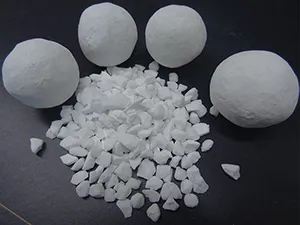Brown fused alumina is produced by melting high-quality bauxite, iron filings, and anthracite in an electric arc furnace at high temperatures. The material is then crushed, shaped in a self-grinding machine, iron is removed by magnetic separation, and it is screened into various sizes. The main chemical component is Al2O3, with a content of 94%-96%, along with small amounts of Fe, Si, and Ti. It has a dense texture, high hardness, and is brown in color with great toughness. Brown fused alumina is suitable for manufacturing ceramic and resin high-bond abrasives, as well as for grinding, polishing, sandblasting, precision casting, and refractory materials.
Black silicon carbide is produced by smelting quartz sand, petroleum coke (or coal coke), wood chips, and other raw materials in a resistance furnace.
Green silicon carbide is made from petroleum coke and high-quality silica, with salt added as an additive, and refined in a high-temperature resistance furnace.

Chromite foundry sand, with its main chemical component Cr2O3, boasts thermal stability, high thermal conductivity, and excellent resistance to alkali slag.

Tabular alumina is a pure sintered alumina, thoroughly calcined without the addition of any additives such as MgO or B2O3. It boasts a coarse, well-developed α-Al2O3 crystal structure, with an Al2O3 content exceeding 99%.